Readers should feel free to use information from this article, however credit must be given to the Willamette Heritage Center and to the author.
By Sara J. Pittock
The Oregon Trail led pioneers over rugged mountains, across raging rivers, and through hostile territory, each of them hoping to claim fresh land and opportunities. Emigrants arrived from all over the country, finding happiness in the form of free property. Settlers arrived in the Willamette Valley eager to snatch up Donation Land Claims, and among them was Thomas Cox, a businessman who established the first store in Salem.
Along with his son Joseph, and his two sons-in-law Elias Brown and Peter Polley, Cox made preparations for the long journey across the Oregon Trail.[3] He attempted to sell his store to the same men who provisioned his mills, but they attempted to short sell him on the value of his merchandise. Rather than settle for the deal, Cox ordered custom-made wagons to ship his dry goods over the Trail.[4] With this merchandise the freight wagons, and the wagons used for his family stretched over three city blocks.[5] The families met in Missouri, and awaited the additional goods Cox had shipped by river.
After a month the goods still had not arrived so Cox, by now elected captain of the train that had grown to forty wagons, left Missouri for Oregon.[6] James Cox, one of his descendants, described the route: “Took the Fort Hall Route” on the Oregon Trail “through the Snake River Country, crossing the Blue Mountains near where Pendleton is now located, then over the Cascade Range, near the foot of Mt. Hood via the Barlow Trail…Here they descended the terrible Laurel Hill, where they were obliged to tie trees to the rear of the wagons to act as brakes.”[7] A snow storm killed most of their animals, making it difficult to get to Salem with all the merchandise. As usual, Cox came up with an unusual solution. He left one man in charge of the goods while he and the families continued on to Silverton (where his two brothers had settled),[8] and then to Salem. There he hired Indians with sixty pack horses to help unload the wagons and retrieve the goods to his new home.[9]
Cox’s business had a slow start. His family moved into the Lewis H. Judson House, where he ran his business while he waited for his own building to be constructed.[10] The Judson House was located between what are now Court, Liberty, and Chemeketa Streets.[11] The store, when finished in the spring of 1847, sat on the northeast corner of Ferry and Commercial streets.[12] While his family lived on the second floor, below, Cox operated the business with his son William.[13] The building also served as the first federal post office in Salem. This was in 1849, after President James Polk nominated Turner Crump as the city’s first postmaster.[14] Before Cox opened his store, the nearest general store was in Oregon City, and was owned by the Hudson Bay Company.[HBC][15]
The store served the needs of the pioneer community. It accepted wheat as currency at $1 a bushel, which Cox later traded to the HBC in Oregon City.[16] After miners returned from the 1849 California gold rush, Cox also accepted gold dust as payment.[17] Unfortunately, some miners tried to swindle him by mixing gold dust with less valuable materials such as yellow sand.[18] “In an effort to try and help proprietors like Cox, the provisional government allowed for the creation of something called Beaver Money to put this valuable dust into a fungible form.”[19] Cox purchased groceries from HBC, specifically from Dr. John McLoughlin, including slabs of molasses and rock salt with pieces as big as walnuts. He received dry goods from around Cape Horn.[20] He sold everything from beef, calico, apples, and other fruits, to spelling books.[21] In addition, Cox sold ammunition that he may have manufactured himself.[22]
Cox’s business served important citizens of Salem. He furnished, without charge, ammunition to the men chasing after Cayuse Indians in the aftermath of the Whitman Massacre of November 1845.[23] Cox sold merchandise to Salem missionaries such as Rev. J.L. Parrish, L.H. Judson, and David Leslie. W.H. Willson, who platted the first streets in Salem, bought goods at Cox’s store. Other notable customers included the Applegates, the Looney’s,[24] the Macleans,[25] and William Rector, who helped mint Beaver coins and served in the provisional legislature.[26]
In winter 1847, an encampment of Chemawa and Chemeketa Indians caught the measles, and nearly half of them died. Their treatments, using sweat houses followed by dunks in the cold Mill Creek, only made the sickness worse. Dr. W. H. Willson, J. L. Parrish, L. B. Judson, and Cox gave food to Indians, and found them friendly in spite of the ongoing Cayuse conflict.[27] In 1856 Cox helped to establish the Willamette Woolen Manufacturing Mill, along with Joseph Watt, William H. Rector, John Minto, Joseph Wilson, Daniel Waldo, and John Boon. It was the first woolen mill on the West Coast and encouraged the growing sheep husbandry and textile industries.[28] Within a few years, Cox had helped change Salem forever.
By 1849, Cox’s life turned to a new direction. His wife died, and shortly thereafter Cox retired from the store.[29] He left the store to his son William and his friend Turner Crump who renamed the store “William Cox and Co.”[30] Cox purchased the land claim of Walter Helm on Ankeny Hill and employed his son-in-law, Peter Polley, to take care of the land and install fences.[31] Using seeds he brought across the Oregon Trail Cox turned to farming, growing peaches and apples.[32] He developed a variety of peach called Cox’s Golden Cling “which remained popular in Western Oregon through the 1930s.”[33] In 1860 he fell off his horse while riding along the Pudding River. He never fully recovered from the accident.[34] Thomas Cox died on October 3, 1862, just short of his seventy-second birthday, and was buried in the cemetery that bears his name.[35]*
[1] Hochspeier, Ann & Sherrill; Neely, Sally, Oregon, Marion County, Cox Cemetery (1849-1989). 1-2, 5.
[2] “Address Honors Thomas Cox, First Salem Merchant: Biographical Sketch by Burt Brown Barker at Unveiling Exercises.” Oregon Statesman, September 30, 1931.
[3] Hochspeier, Ann & Sherill; Neely, Sally, Oregon, Marion County, Cox Cemetery (1849-1988). 1-2, 5.
[4] Hendricks, R.J., “Bits for Breakfast.” The Oregon Statesman, February 22, 1931. 4.
[5] Ibid.
[6] Ibid.
[7] Cox, James W., “Memoirs of Early Salem.” Marion County History. Volume III. 34-35.
[8] Down, Robert Horace M.A., A History of the Silverton Country. 36-37.
[9] Hendricks, R.J., “Bits for Breakfast.” The Oregon Statesman, February 22, 1931. 4.
[10] Ibid.
[11] Hendricks, R.J., “Bits for Breakfast.” The Oregon Statesman, August 28, 1936.
[12] Ladd & Bush Bankers, First Dry Goods Store is Opened. 27.
[13] Cox, James W., “Memoirs of Early Salem.” Marion County History. Vol. III. 34-35.
[14] Taylor, Winston H., “Trading in Gold Dust, Pigs, Wheat: Feature of Salem’s First Store” The Oregon Statesman, November 23, 1947.
[15] “Early Salem Merchant to be Honored.” Oregon Journal, September 27, 1931. Sec. 2.
[16] Bonsanti, Wilma, “Cox Cemtery Buried in Stillness, Flowers” Oregon Statesman. May 28, 1972, Sec. B.
[17] Judson, Lewis Hubbell, “Sketches of Salem: Its History from the Date of its First Settlement.” Marion County History, Vol. II.
[18] Scott, John, interview.
[19] Ladd & Bush Bankers, First Dry Goods Store is Opened. 27.
[20] Ibid.
[21] Thomas Cox, William Cox, and Company; Daybook and Ledger.
[22] Cox, James W., “Memoirs of Early Salem.” Marion County History. Vol. III. 34-35.
[23] Ibid.
[24] “Early Salem Merchant to be Honored.” Oregon Journal, September 27, 1931. Sec. 2.
[25] Taylor, Winston H., “Trading in Gold Dust, Pigs, Wheat: Feature of Salem’s First Store” The Oregon Statesman, November 23, 1947.
[26] Ladd & Bush Bankers, First Dry Goods Store is Opened. 27.
[27] Brown, Henry, “The Last of His Tribe – Quinaby.” Marion County History. Vol. XII. 30.
[28] Bancroft, H. H., Biography of Thomas Cox of Salem, Oregon. 13 pages.
[29] Hochspeier, Ann & Sherrill; Neely, Sally, Oregon, Marion County, Cox Cemetery (1849-1989). 1-2, 5.
[30] Down, Robert Horace M.A. A History of the Silverton Country. 36-37.
[31] Hochspeier, Ann & Sherrill; Neely, Sally, Oregon, Marion County, Cox Cemetery (1849-1989). 1-2, 5.
[32] Bancroft, H.H., History of Oregon. Vol. 1. 629-630.
[33] Hochspeier, Ann & Sherrill; Neely, Sally, Oregon, Marion County, Cox Cemetery (1849-1989). 1-2, 5.
[34] Steeves, S.S. “Thomas Cox – 1847.” Book of Remembrance of Marion County, Oregon, Pioneers 1840-1860. 154-157.
[35] Hochspeier, Ann & Sherrill; Neely, Sally, Oregon, Marion County, Cox Cemetery (1849-1989). 1-2, 5.
*The cemetery can be reached by I-5 exit #243, west on Ankeny Rd., left on Buena Vista for one mile, right on Sidney for two miles. It is located behind the Ankeny Hill Winery and the gate can be reached by contacting the owner of the winery.



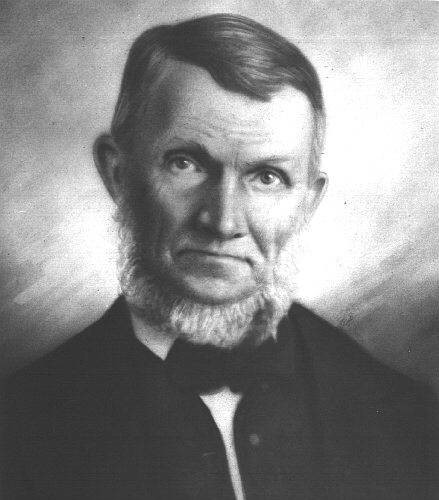
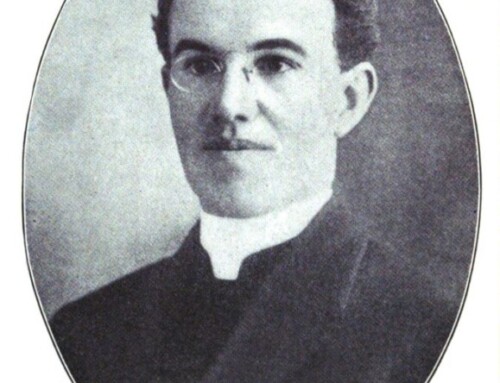
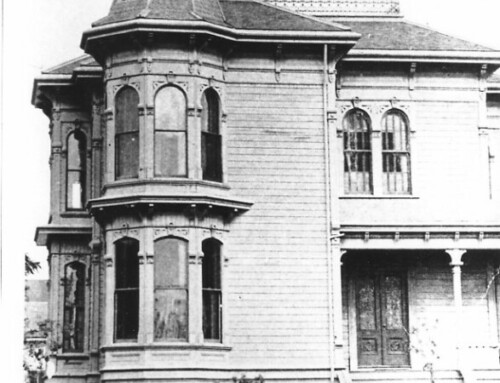
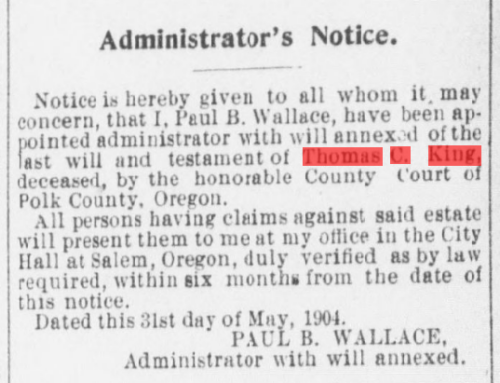
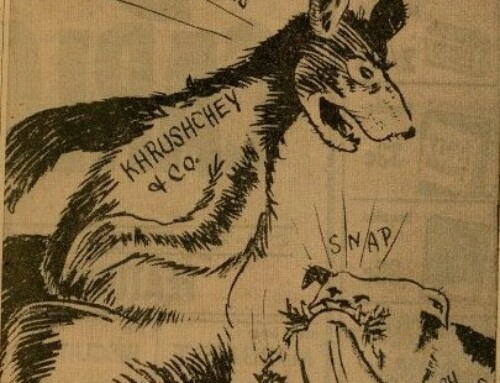
My name is William Cox, I first learned about Thomas from a hand written family tree that has been passed through my family for generations. I knew I came from pioneers but was unaware of the big part my ancestors played in the development of Oregon.
Dear William,
I am Richard Marshall a GGG grandson of Thomas & Martha Cox. Would like to be in contact with currently living family members in the Silverton area. I’ve been quite active in Cox genealogy research for over 40 years. Currently working on research of the family when then lived in Wilmington, Illinois prior to 1847. Again, would love to hear from Cox descendants….
Many thanks,
Rich Marshall
My name is Becky Marlatt McKibben and I am also a descendant. Thomas Cox’s daughter Mary Marlatt Bashaw settled the land I live on on Marlatt Road. My family and I maintain the Cox Cemetery.
Dear Becky, this is William Cox . I go by Bill..
Thank you for your response to my note. I’m sorry that it’s taken so long read it but I guess I wasñt expecting a response.. Now I’m feeling truly blessed to not only getting a response but getting one from someone who can tell m if it would be possible for me to visit the cemetery and if so how would I go about it? Thank you so much,Bill Cox
Hello Becky,
I am Richard ‘Rich’ Marshall and a ‘Cox’ descendant like you…..thank you for your maintenance of the Cox Cemetery!!!! I often wish there was some communication among the Cox clan in Oregon. My grandmother Cox put me in touch with some of the Cox genealogy enthusiasts about 50 years ago…but they are gone now. I’m now 82 but still active in Cox research.
While we’re retired now on the Washington Coast, we have family in Dallas, OR and in Happy Valley (Portland) too…..
Would love to say hello…have a cup of coffee….tell me how I can help….. I see Bill Cox messages here…do you know him?
I can be reached at marshallrj@yahoo.com
Best,
Rich Marshall
Hello Bill Cox,
I’m wondering if your August 15, 2024 message was perhaps intended for me? I was the July 14th response to your May 27th message. Yes, you can visit the Cox cemetery. Perhaps it would be better to use email. Please email me at marshallrj@yahoo.com.
We just returned from Wilmington, ILL where we did some interesting work with their Historical Society….
Love to hear from you.
Rich Marshall